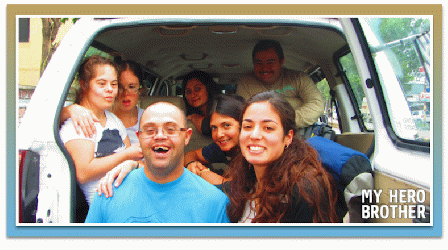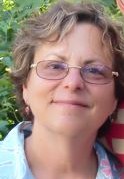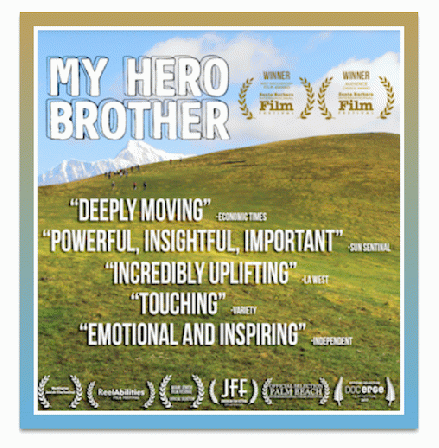When I contacted them, they knew my previous films and there was a click. I shared with them my philosophy that in a documentary of this type, all three sides of the triangle - Protagonists/Audience/Filmmaker - should grow and be empowered by the film.
I truly believe that storytelling is a great healing tool and I could sense that protagonists of MHB had unfinished business to solve. I thought this journey could help them and that documenting and creating a story out of it would actually make it more powerful than just a journey without cameras.
Then, I met the brothers and sisters and gave them some of my previous films. They watched them and decided to allow me to join their journey and tell their stories which I'll always be thankful for.

Golan, Shaked, Tzlil, Reut, Moran, Irena and Amar in a jeep on the way to the mountains
(Image by Yonatan Nir) Details DMCA
JB: How big a group was it that headed to India? I'm sure that a trip of this sort had all kinds of special preparation and requirements. What can you tell us about that?
YN: Itamar Peleg, the owner of Travelog travel company, was the leader of the trip. He organized everything that needed to be organized. We had 20 siblings, a doctor, three film crew members, a few drivers and about 20 Indian porters on the trek.
JB: Wow; You had almost as many staff as participants! I'm sure it's much different to film on a trip like this than a more conventional filming that is primarily based indoors - offices, homes, etc. What was that like and how did you adapt to the special challenges posed by a mountain trek?
YN: Well for me this is normal. This is what I did as a photojournalist for many years and then in most of my previous films.
I just shot a film in the Canadian High Arctic and I'm in pre-production of another film that will be shot in the Himalayas on a much higher mountain.
I love to shoot outdoors in extreme locations, I love nature and the effect it has on the protagonists. From my experience, when you take someone out of his comfort zone, a lot of truth will surface. It's true for my protagonists and also for me as a filmmaker.
There are many challenges while making such a film which requires preparation and understanding of the environment in which you are about to work and adapting the equipment, the crew and sometimes the storytelling technique to it. I take my past experiences including my military service in an elite commando unit to try to adapt myself to every challenge that i'm facing as a producer/director.
There are a lot of uncertainties in this business. I have to have a very clear vision on one hand but, on the other hand, deep understanding that I have no control. Control is a waste of time anyway, in my view.
But look at the beauty of this kind of documentaries: you have beautiful scenery, you have people who wants to go from A to B with natural, real obstacles on their way - that's a great playground for a storyteller.
JB: How much footage did your team actually shoot over the two-week trip? Since the film is around 70 minutes, most of it obviously ended up on the cutting-room floor (or whatever the digital equivalent is). So, how did you decide what to showcase? What were you looking for and what did you find?
YN: I had about 60-70 hours; we shot with a few cameras and also had time lapse and scenery shots, which are usually longer. But we had to shoot a lot because we had many characters and we didn't know what would happen and how the story would unfold.
(Note: You can view every article as one long page if you sign up as an Advocate Member, or higher).






